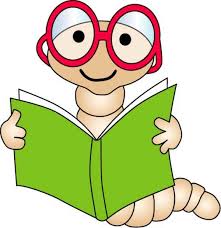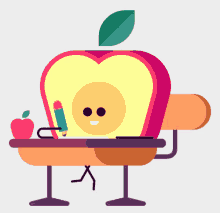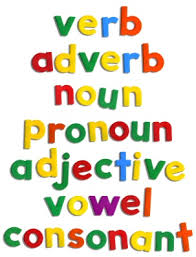Introduction to the North Carolina Standard Course of Study for English Language Arts
In April 2017, the North Carolina State Board of Education adopted new ELA standards for grades K-12 to be implemented in the 2018 – 2019 school year. The Standard Course of Study describes what students should know, understand, and be able to do by the end of each grade level.
The NC standards are divided into 4 strands:
1) Reading
2) Writing
3) Speaking and Listening
4) Language
1) Reading
- Foundational Skills (K-5)
- Handwriting – create readable documents in manuscript and cursive
- Phonics and Word Recognition – identify words that have prefixes and suffixes such as -ness, -ity, and -ship; read multiplesyllable words; read third grade appropriate irregularly spelled words
- Fluency – read and understand third grade level texts with accuracy, appropriate rate, and expression; use context clues to recognize or self-correct words, re-reading if needed
- Reading Literature

- Key Ideas and Evidence – identify key details using text; recount fables, folktales and myths from diverse cultures; demonstrate understanding of central message, lesson or moral; describe the characters and sequence of events
- Craft and Structure – understand the meaning of words and phrases; identify key words and meanings in text; refer to parts of stories, dramas and poems to reiterate text; explain differences in points of view of narrator, characters and self
- Integration of Ideas and Analysis – explain how illustrations enhance meaning of story; compare and contrast themes, settings, and characters of stories by the same author
- Range of Reading and Complexity – read and understand third grade texts for a sustained period of time; connect background knowledge and experiences to texts
- Reading Informational Text
- Key Ideas and Evidence – identify and explain the main idea and key details of the text; escribe the relationship between a series of historical events, scientific ideas or concepts or steps in a technical procedure in a text, thinking particularly about time, sequence and cause/effect
- Craft and Structure - understand the meaning of words and phrases in 3rd grade texts; use text features and search tools to find relevant information on a topic; tell the difference between their point of view and the author
- Integration of Ideas and Analysis – use illustrations and words to understand the text; describe how the author connects ideas to support specific points; compare and contrast important points and key details in two texts on the same topic
- Range of Reading and Complexity – read and understand third grade texts for a sustained period of time; connect background knowledge and experiences to texts
2) Writing
- Text Types, Purposes, and Publishing

- Organize information on a topic to plan and prepare to write
- Write opinion pieces – introduce topic; state an opinion; supply reasons for the opinion using linking words; and provide a concluding statement
- Write informative pieces – introduce a topic; group related information together using illustrations, facts, definitions and details to develop the topic; using linking words and phrases; and provide a concluding statement
- Write narrative pieces – develop real or imagined events; introduce the characters/narrator; organize the sequence of events; use dialogue and descriptions of actions/thoughts/feelings; use words that signal order; and provide a sense of closure
- Revise and edit based on peer and adult feedback
- Use digital tools to produce and publish writing
- Research
- Conduct short research projects
- Gather information from sources and recall information from personal experiences
- Take brief notes on gathered information and sort into categories
3) Speaking and Listening
- Collaboration and Communication

-
- Follow predetermined rules – discussion on grade level texts and topics
- Come prepared – read or study materials
- Ask questions – keep comments on topics and link to others discussions
- Determine the main ideas and supporting details – from text read aloud or information presented orally and/or presented through digital media
- Ask and answer questions about a speaker’s presentation
- Presentation of Knowledge and Ideas
- Use appropriate facts and relevant details when reporting on a topic, text, telling a story or recounting a personal experience
- Speak clearly in complete sentences and at a reasonable pace
- Create audio records of stories and poems
- Add pictures or other visual representation to enhance or emphasize certain facts or details
4) Language
- Conventions of Standard English

- Understand grammar rules and parts of speech – nouns, verbs, adjectives, conjunctions, prepositions, etc.
- Produce complete sentences and questions – use conventions such as basic capitalization, punctuation, and spelling
- Knowledge of Language
- Choose words and phrases for effect
- Recognize differences between the conventions of spoken and written English
- Vocabulary and Acquisition
- Determine the meaning of unknown and multiple meaning words – use context clues, word parts, and references materials
- Distinguish literal and nonliteral meanings of words/phases
- Distinguish meanings among related words that describe states of mind or degrees of certainty such as knew, believed, wondered
- Use grade-appropriate words and phrases